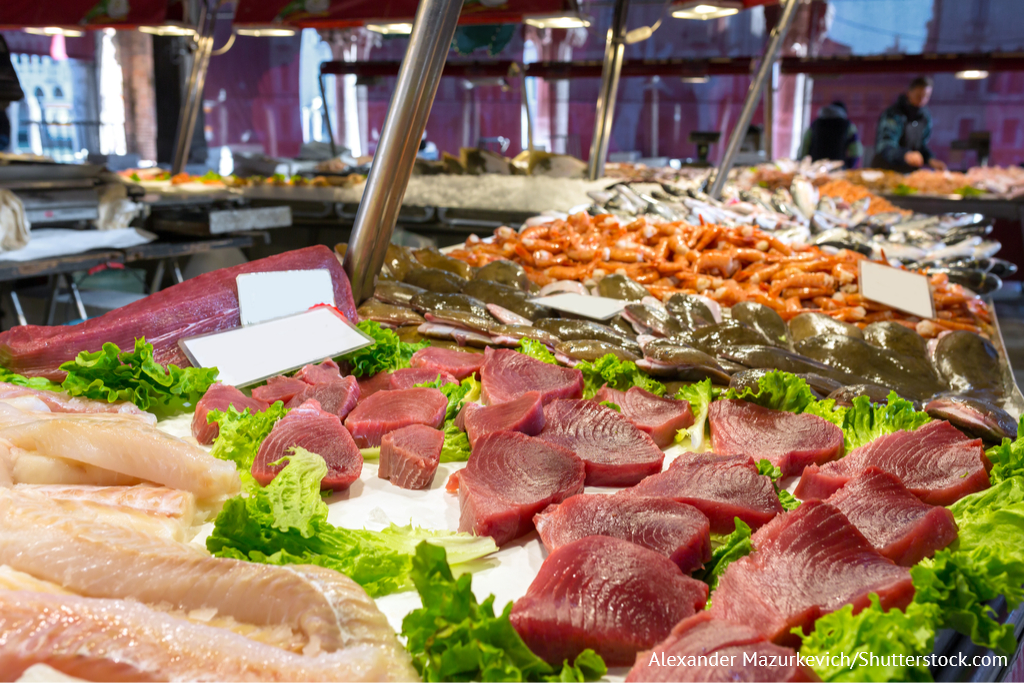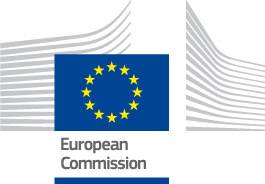The EU fish market - 2018 edition is out!

date: 30/11/2018
EUMOFA releases The EU Fish market every year, to answer fishery related questions such as: what is produced/exported/imported, when and where; what is consumed, by whom; and what are the main trends.
In this edition we learn that the EU is not only the world’s largest trader of fishery and aquaculture products, but also ranks fifth globally in fishery and aquaculture production.
Europeans eat more of their favorite fish
Consumption of fish in the EU increased for nearly all of the main commercial species. It reached 24,33 kg per capita, 3% more than in 2015. Portugal is the absolute champion, with an average of 57 kg of fish and seafood per person, per year. This is more than twice the EU’s average per capita.
The top five species eaten in the EU – tuna, cod, salmon, Alaska pollock, and shrimps – amounted to 43% of the market in 2016. These species were mostly imported from non-EU countries.
Wild fish continued to predominate in the EU seafood market, accounting for 76% of the total per capita consumption.
Fish prices grew significantly in the recent years (+ 10% between 2013 and 2017), whereas prices of meat and of food in general remained essentially stable. The amount spent for purchasing fish in 2017 (EUR 56,6 billion) was around one quarter of the amount spent on meat.
Pivotal role of the EU in the global fish and seafood trade
In 2017, EU remains the world’s largest trader of fishery and aquaculture products. The trade volume between the EU and the rest of the world surpassed China’s by more than EUR 2,3 billion.
Imports from non-EU countries reached a 10-year peak of EUR 25,3 billion, mainly due to increased imports of frozen cuttlefish and squid, mostly from India and China, and of prepared/preserved skipjack tuna from Ecuador.
The US and China were the main destinations of EU exports in value terms, with more than EUR 5 billion. Norway and Nigeria were recipients of the highest volume of EU exports, with Norway mainly importing fish oil and Nigeria importing mainly herring and mackerel. Intra-EU trade also grew, reaching EUR 26,7 billion. The largest trade flows involved salmon that entered the EU from Norway and was exported by northern Member States to other EU countries.
Landings and aquaculture continue to increase
The EU became the fifth biggest world fish producer, following China, Indonesia, India and Vietnam. The total value of EU landings reached EUR 7,38 billion, the highest of the last 10 years. At the same time, the value of aquaculture products farmed in the EU reached an all-time high of EUR 4,25 billion. Greece and Spain both set records in 2016 for the farmed production of European seabass.
Background
The European Market Observatory for Fisheries and Aquaculture Products (EUMOFA) is a platform developed by the European Commission that offers information on the European Union fisheries and aquaculture sector.
The EU Fish Market is the only publication that offers an economic description of the entire European fisheries and aquaculture industry. It provides its readers with a wealth of information for this sector. It includes narrative analyses supported by easy-to-follow graphics that elucidate understanding of landings, import and export origins and destinations, and consumption, along with an overview of how EU Member State fisheries and aquaculture sectors fit into the global picture.
The publication is available in English, French, Spanish, German and Italian.
Browse the “Studies and reports” section of the EUMOFA website for an overview of all publications released by EUMOFA.
Read more about EUMOFA.
